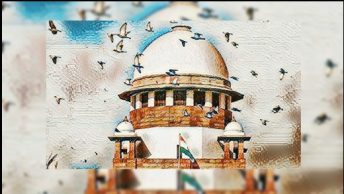I recently posted on SSRN this piece on India’s judicial architecture. A revised version of it will be published in the upcoming Oxford Handbook on the Indian Constitution, which will contain an impressive range of chapters on the Indian Constitution and is being edited by Pratap Bhanu Mehta, Sujit Choudhry, and Madhav Khosla. My piece is is under 20 pages and I hope it will end up being a useful introduction to the Indian judicial system to both law students and interested non-lawyers who want to learn about the judicial system’s structure and functioning. I also think it includes some more nuanced points that may be of interest to practicing lawyers and legal scholars.
In the piece I lay out the hierarchies and relations between different courts and judges and explain how the judiciary coordinates its behavior through a system of stare decisis and internal administrative control. Drawing on some of my own previous work and the work of others, I argue in the piece that the Indian judicial system is particularly top-heavy, with more cases, more judges, and more administrative power located in the upper judiciary, and especially the Supreme Court, than in most other systems. This top-heaviness has a range of implications that the article explores, including leading to a more polyvocal jurisprudence and fostering a unique set of inter-judge dynamics, that while empowering the upper judiciary may also weaken the overall judiciary’s ability to perform core parts of its institutional mandate.
If others have feedback – whether this is errors or what you perceive to be a grievous (or not so grievous) omission or mischaracterization – I would love to hear it either in the comments section or via email. There will be other chapters in the Handbook on judicial independence, tribunals, judicial interpretation, and jurisdiction so these topics are not covered in as much detail as they might otherwise be in my piece.




